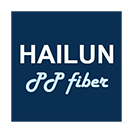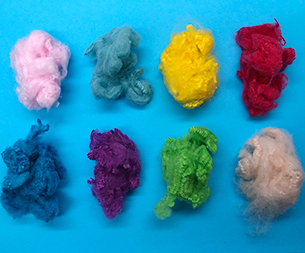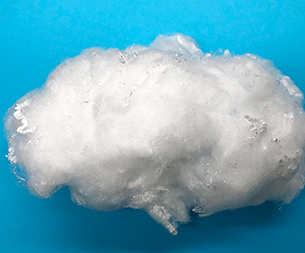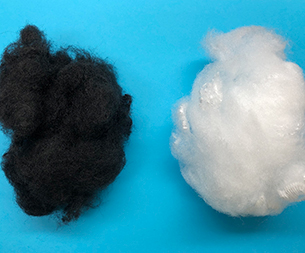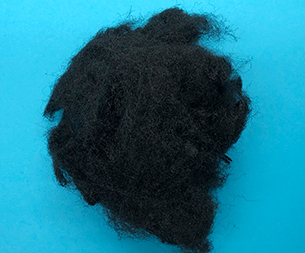From June 9th to 11th, the first round of the China-Us economic and trade consultation mechanism meeting was held in London. The two sides reached a principle agreement on the framework measures for implementing the consensus reached by the two heads of state during the phone call on June 5th and consolidating the achievements of the Geneva talks. This breakthrough progress is like a timely rain, not only injecting a stabilizer into the global economy, but also having a structural impact on China's textile and garment export industry.
Dual enhancement of cost advantage and industrial chain vitality
Tariff adjustment has become the core issue of this round of consultations. Since the Trump administration imposed high tariffs on China in early 2025, Chinese textile and garment export enterprises have been struggling to move forward under the heavy burden of cost pressure. In the "Joint Statement of the China-Us Economic and Trade Talks in Geneva" released on May 12th, the US side explicitly cancelled the additional tariffs on 91% of Chinese goods, suspended the additional tariffs on 24% for 90 days, and only retained the tariff level of 10%. China simultaneously cancelled the corresponding countermeasures. This policy combination is like a sharp sword, directly breaking the shackles of cross-border trade costs and significantly boosting the price competitiveness of China's textile and garment products.
Take the US market as an example. During the period of high tariffs, due to the price disadvantage of Chinese products, some orders had no choice but to flow to Southeast Asia. Nowadays, with the weakening of tariff barriers, the foreign trade orders that were previously transferred due to tariffs are accelerating their return. Data from the China National Textile and Apparel Council shows that in March this year, due to the combined impact of enterprises' "export rush" for risk aversion and the low base effect, China's textile and apparel export value reached 23.4 billion US dollars, increasing by 12.9% year-on-year, with the growth rate rising by 16 percentage points compared to the previous two months. With the implementation of the consultation outcomes, this growth potential is expected to continue to be released in the following quarters, injecting a steady stream of impetus into the industry's development.
From the perspective of industrial ecology, the decline in tariff costs has created a powerful "multiplier effect". Enterprises can invest the saved taxes and fees in research and development innovation, equipment iteration and talent cultivation, promoting the transformation of the production end from cost-driven to technology-driven. This collaborative optimization of each link in the industrial chain will build a more resilient international competitive edge, enabling China's textile and garment industry to gain a firm foothold on the global stage.
Declaration: The content of this article is compiled from the Internet and the copyright belongs to the original author. If there is any infringement, please inform us in time and contact us for deletion.
- The application of polypropylene
- Cost pressure has pushed up yarn
- How to choose high-quality polyp
- New quality productive forces ar
- What are the applications of pol
- Trump announced a 100% tariff on
- Haibang polypropylene staple fib
- What impact will the implementat
- Jiangsu Haibang New Materials co
- The US side proposed imposing ad
- Markets
- Automotive Products
- Nonwoven Lining
- Geosynthetics
- Liquid Filtration
- Apparel and Textiles
- Hygiene Products
- Building and Construction
- Other Markets
- Contact Us
- Contact Haibang

